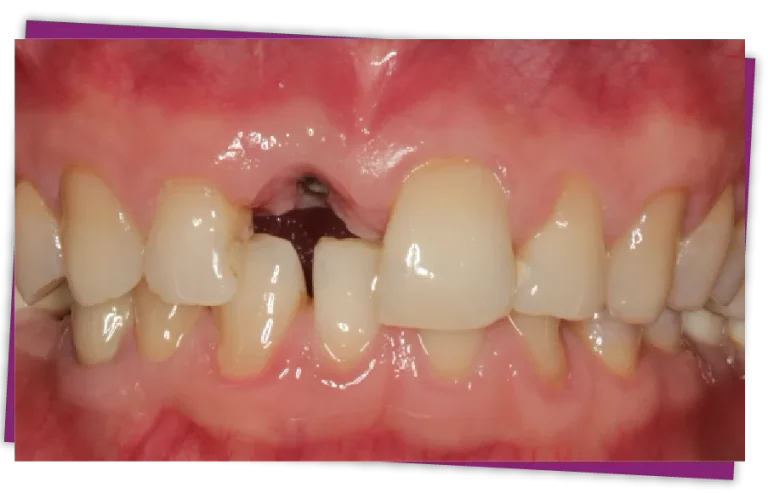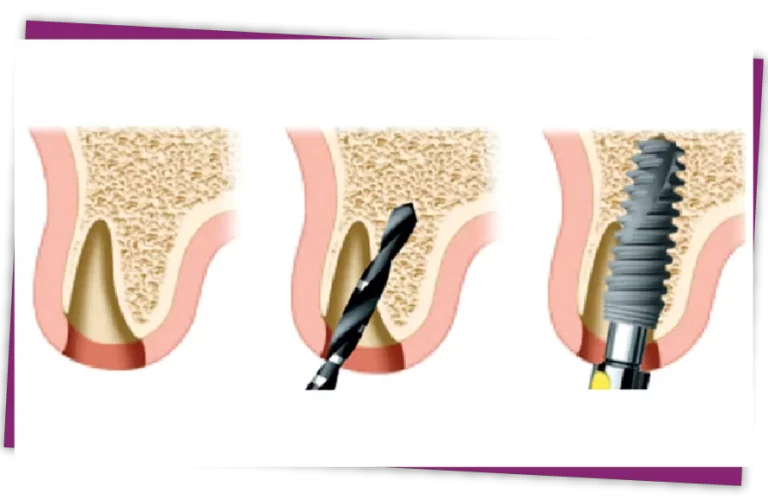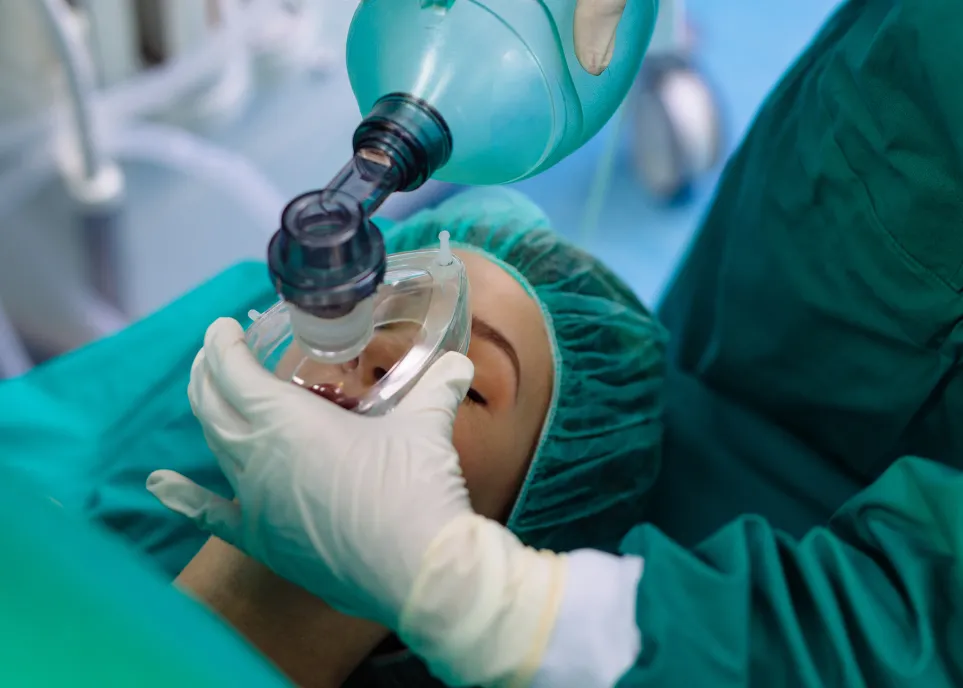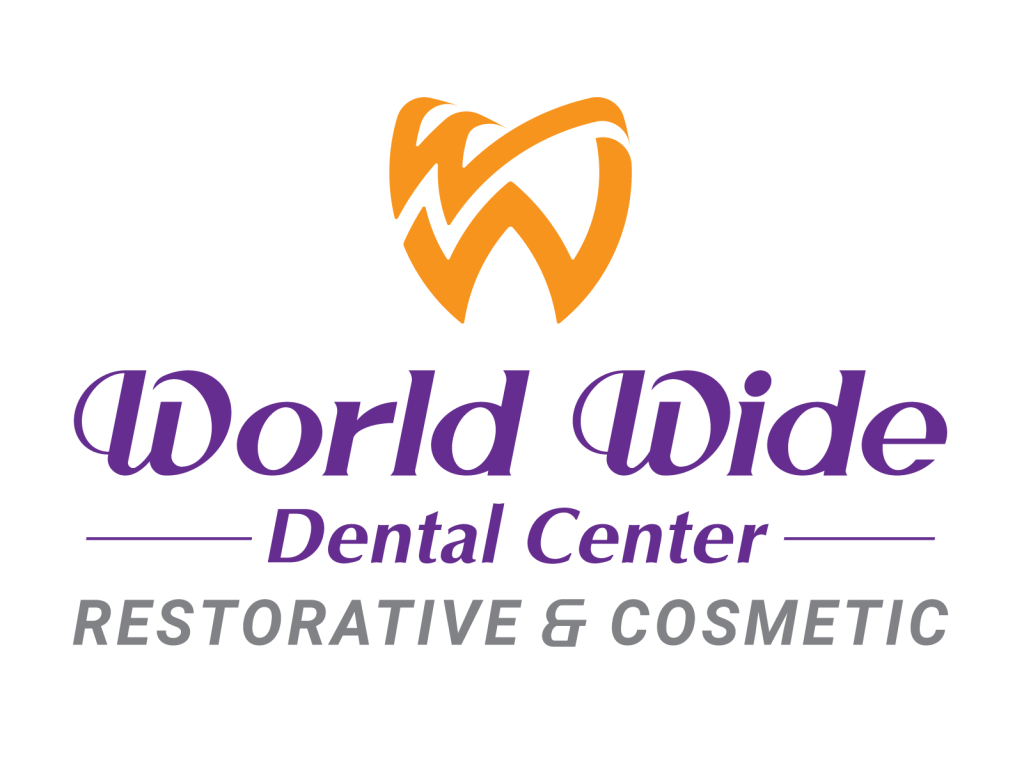IMPLANT PLACEMENT AFTER TEETH REMOVAL
Dental implants are the most comprehensive solution today to have teeth that feel natural, andachieve up to 90% of the chewing function. Dental implants, tooth extraction and Implant placement are done in one operation, also known as Implant Placement After Teeth Removal. It is increasingly and widely applied to new teeth extraction technique.
IMPLANT PLACEMENT PROCESS
The surgeon exposes the root, using a non-traumatic extraction technique to gently remove the root without damaging the alveolar bone and gum tissue.
After taking the teeth out, the surgon will place the Implant and add bone graft if necessary.
During the implant placement surgery, the alveolar bone is in an ideal state to place the Implant. If the extraction is done not in accordance with the technical expertise, it will be easy to break the alveolar bone, and it will take time to regenerate before implantation. Therefore, it is necessary to extract teeth using non-traumatic techniques, to ensure that the alveolar bone and gum tissue are not damaged.


Oral or IV sedation
Oral and IV sedation are advanced sedation dentistry options designed to help patients stay calm, comfortable, and relaxed during dental procedures. These methods provide a deeper level of relaxation compared to nitrous oxide, making them ideal for individuals with higher dental anxiety, strong gag reflexes, or those undergoing longer or more complex treatments.
With oral or IV sedation, you remain conscious but deeply relaxed—allowing your dentist to work efficiently while you enjoy a stress-free, peaceful experience from start to finish.
Why Choose Nitrous Oxide?
Oral sedation involves taking a prescribed medication before your appointment. The effects include:
- Deep relaxation
- Reduced awareness of sounds and sensations
- Minimal memory of the procedure
- Little to no anxiety
You stay awake but feel calm, detached, and comfortable throughout the treatment.
What Is IV Sedation?
-
- Faster onset of relaxation
- A deeper level of sedation
- Precise control for maximum comfort
- Very limited memory of the procedure
- Ideal support for long or complex treatments
Who Benefits from Oral or IV Sedation?
-
- Experience severe dental anxiety or fear
- Have difficulty numbing with local anesthesia
- Have a sensitive gag reflex
- Need multiple treatments in one visit
- Prefer to “sleep through” their appointment
- Have had traumatic dental experiences in the past
- Require surgical or complex procedures
How Sedation Works During Your Appointment
- 1. Pre-Appointment Evaluation
- Your dentist reviews your medical history and discusses which sedation option fits your needs.
- 2. Sedation Administration
- Oral sedation: You take a pill before your visit.
- IV sedation: A small IV line is placed for medication delivery.
- 3. Deep Relaxation Begins
- Anxiety melts away, and you enter a calm, dream-like state.
- 4. Dental Treatment Performed Comfortably
- You remain responsive but relaxed while the dental team completes the treatment efficiently.
- 5. Smooth Recovery
- After the appointment, you rest while the sedation wears off. You’ll need someone to drive you home.

Benefits of Oral or IV Sedation
- Significantly reduces fear and anxiety
- Allows longer treatments in one visit
- Decreases pain sensitivity
- Minimizes gag reflex
- Creates a sense of calm or sleepiness
- Helps patients with special needs or medical conditions
- Smooth, comfortable, and controlled experience
Sedation dentistry can completely transform your relationship with dental care.

Comfort, Confidence, and Complete Peace of Mind
Oral and IV sedation provide powerful support for patients who want a deeper level of relaxation during dental treatment. With modern monitoring, trained professionals, and personalized care, sedation dentistry ensures a safe, smooth, and positive experience—even for the most anxious patients.






